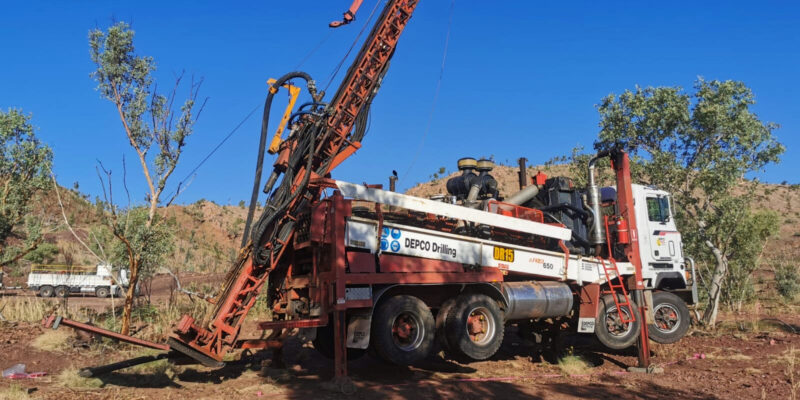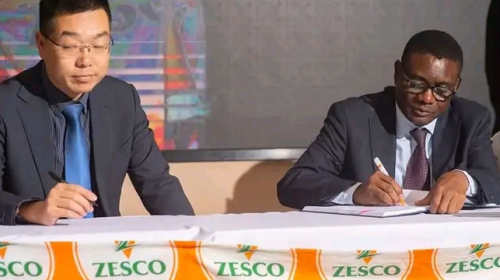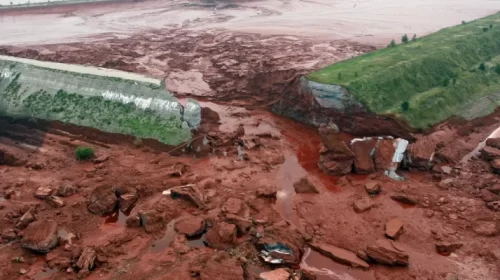Castillo Copper Identifies Multiple Targets at Zambia Project
LSE- and ASX-listed Castillo Copper has identified multiple targets for test drilling at the Luanshya project, in Zambia’s Copperbelt, following the completion of eight induced polarisation (IP) survey lines.
Multiple high-chargeability targets have been identified within three interpreted lines that potentially indicate the presence of sulphides, the base metals miner said on August 31, adding that reconciliation of the IP survey findings with the previous geochemical results confirmed the high-chargeability targets are directly coincident, which “significantly enhances the probability for a discovery”.
Castillo can now formulate the inaugural drilling campaign and, pending the outcome of discussions with service providers, potentially start work in the fourth quarter of this year.
The IP survey, which is being conducted by Zambia-based Geophex Surveys, will soon finish up at Luanshya then progress to the Mkushi project.
Further updates on progress in Zambia will be forthcoming as developments materialise, the company confirmed.
Meanwhile, the second drilling campaign at the Big One deposit has concluded – the laboratory, which is processing a huge number of samples from many explorers across the Mt Isa region, in Australia, is expected to return all assays shortly.
This will enable the geology team to progress work on formulating the next drilling campaign at Big One.
In addition, all key service providers are on track to start mobilisation at the Arya prospect during September, targeting several well-defined bedrock conductors.
MD Simon Paull commented that the exploration efforts at the Luanshya project are bearing fruit, as the miner now has multiple high-quality targets to test-drill along the 6 km copper strike.
Moving forward, the board’s goal is to start the inaugural drilling campaign during the fourth quarter, which Paull said would “place Castillo in a strong position strategically, with development work progressing concurrently on prime projects in the Zambia and Mt Isa copperbelts”.
![]()





